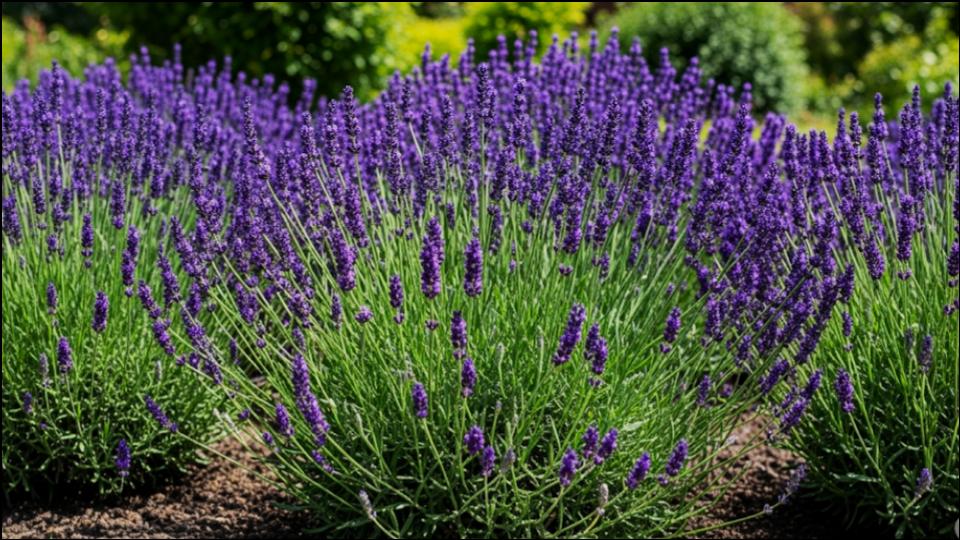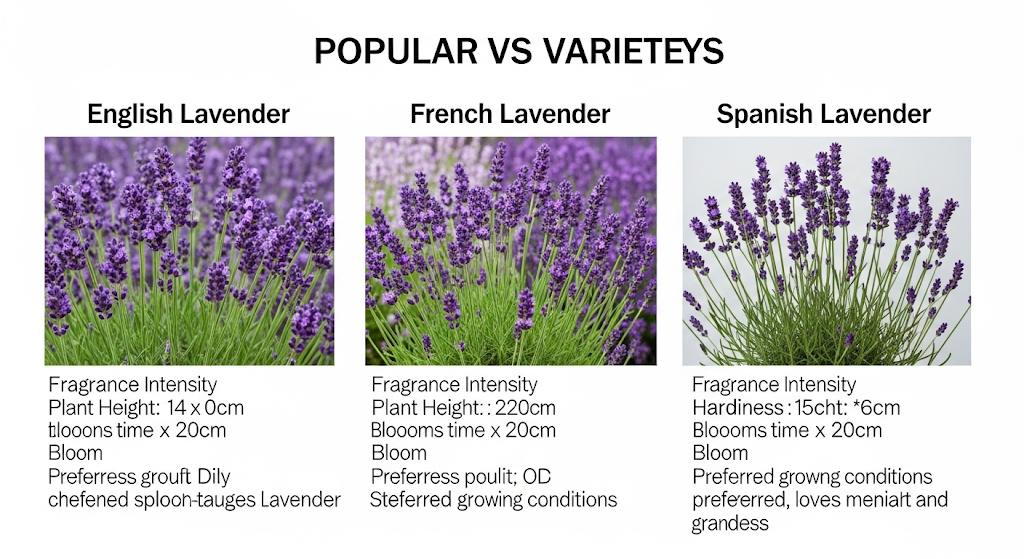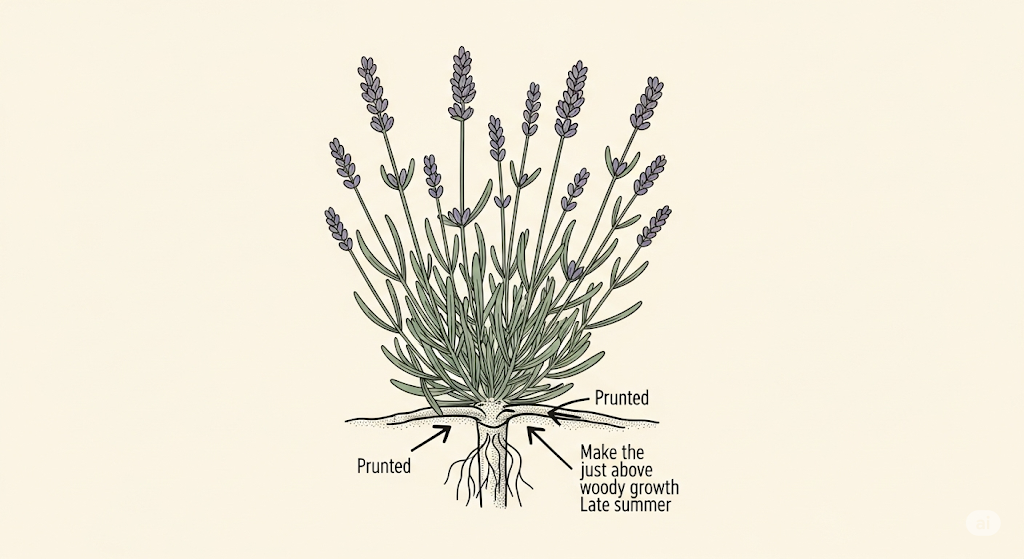
A surge in home gardening, spurred by a renewed focus on wellness and sustainable living, has placed a classic herb in the spotlight. Home gardeners across the country are increasingly choosing to grow lavender plants, drawn by their stunning aesthetics, calming fragrance, and remarkable resilience. This trend reflects a broader shift towards creating functional, multi-sensory outdoor spaces that benefit both homeowners and local ecosystems.
Horticultural experts report a significant uptick in inquiries and sales related to lavender. “We’ve seen a clear pivot towards plants that offer more than just visual appeal,” stated Dr. Amelia Harding, a senior fellow at the National Gardening Association (NGA). “Lavender fits this demand perfectly. It’s beautiful, useful for aromatherapy and culinary purposes, and it’s a powerhouse for supporting pollinators.”
The Rise of the Aromatic, Resilient Garden
The growing interest in lavender is rooted in several contemporary trends. Post-pandemic, many homeowners have invested more in their living spaces, with gardens becoming extensions of the home. The wellness movement has also highlighted the therapeutic benefits of aromatherapy, with lavender’s scent widely recognized for its calming properties.
Furthermore, as climate conditions shift, gardeners are seeking more robust and water-wise options. “Lavender is exceptionally drought-tolerant once established, making it an intelligent choice for regions facing water restrictions,” explained Marcus Thorne, a landscape designer and author of “The Resilient Garden.” According to a report from the University of California’s Division of Agriculture and Natural Resources, promoting drought-resistant plants like lavender is crucial for sustainable landscaping.

How to Successfully Grow Lavender Plants: An Expert Guide
While famously hardy, success with lavender depends on getting the initial conditions right. Experts emphasize that mimicking the plant’s native Mediterranean habitat is the key to a thriving lavender patch.
Selecting the Right Lavender Varieties
The first step is choosing the correct plant. The most common types available to home gardeners are English, French, and Spanish lavender, each with distinct characteristics.
- English Lavender (Lavandula angustifolia): This is the most popular choice for its classic fragrance and culinary-grade flowers. It is also the most cold hardy, making it suitable for a wider range of climates. Cultivars like ‘Hidcote’ and ‘Munstead’ are gardener favorites.
- French and Spanish Lavender (Lavandula dentata, Lavandula stoechas): These lavender varieties are known for their unique, ornamental flower shapes. They thrive in hotter, more humid climates but are less cold-tolerant than their English counterparts.
“A common mistake is choosing a variety that isn’t suited to your local climate,” Dr. Harding noted in a recent NGA webinar. “Check your USDA Plant Hardiness Zone before you buy. That simple step can be the difference between success and failure.”
The Essentials of Planting Lavender
According to horticultural guides from institutions like the Penn State Extension, lavender demands two things above all else: full sun and well-drained soil.
- Sunlight: Lavender requires at least six to eight hours of direct sunlight per day to produce abundant flowers and maintain its vigorous, bushy shape.
- Soil: This is the most critical factor. Lavender is highly susceptible to root rot in wet, heavy soil. Gardeners should amend clay or dense soil with sand or small gravel to improve drainage. For container planting lavender, using a cactus or succulent potting mix is an effective strategy.
- Spacing: Proper air circulation is vital. Space plants at least 2 to 3 feet apart to prevent fungal diseases, especially in more humid regions.

Long-Term Lavender Care and Pruning
Once established, lavender care is relatively straightforward. The plant’s low water needs are a significant advantage. “Water deeply but infrequently, allowing the soil to dry out completely between waterings,” advised Thorne. “Overwatering is the most common way people kill their lavender.”
Pruning is essential for the plant’s health and longevity. It prevents the plant from becoming overly woody and encourages more flower production. Experts recommend a light pruning after the first flush of flowers in the summer and a harder pruning in the late summer or early fall, cutting back about one-third of the green growth but taking care to avoid cutting into the old, woody base.
“Don’t be afraid to prune it,” said Dr. Harding. “A good annual trim is what keeps a lavender plant productive and beautiful for years to come.”
As more individuals seek to create gardens that are both beautiful and beneficial, the appeal of this ancient herb is set to endure. With its combination of sensory pleasure, ecological benefits, and striking appearance, lavender has firmly established itself as a staple of the modern home garden.
A Gardener’s Guide: 8 Beautiful Lavender Plants for Fragrance and Form
